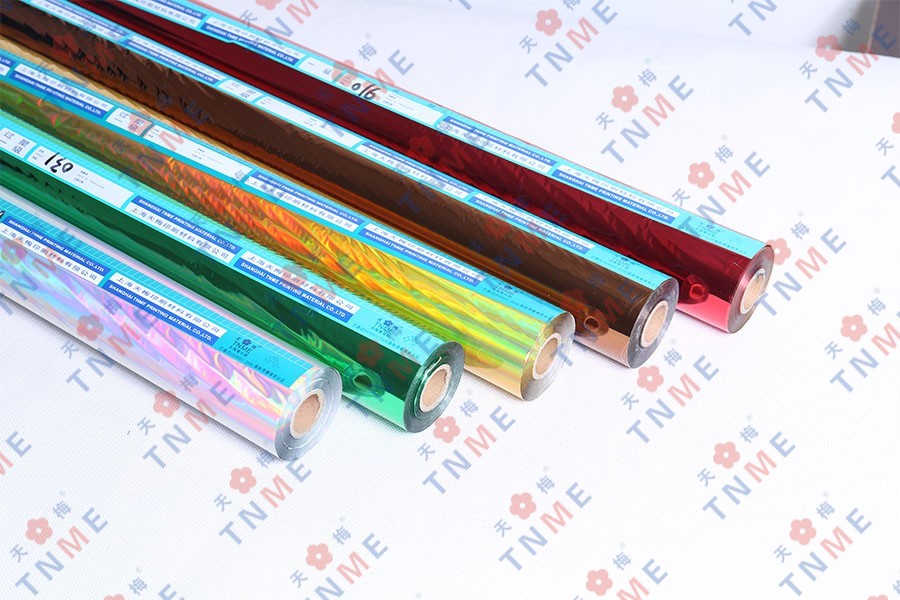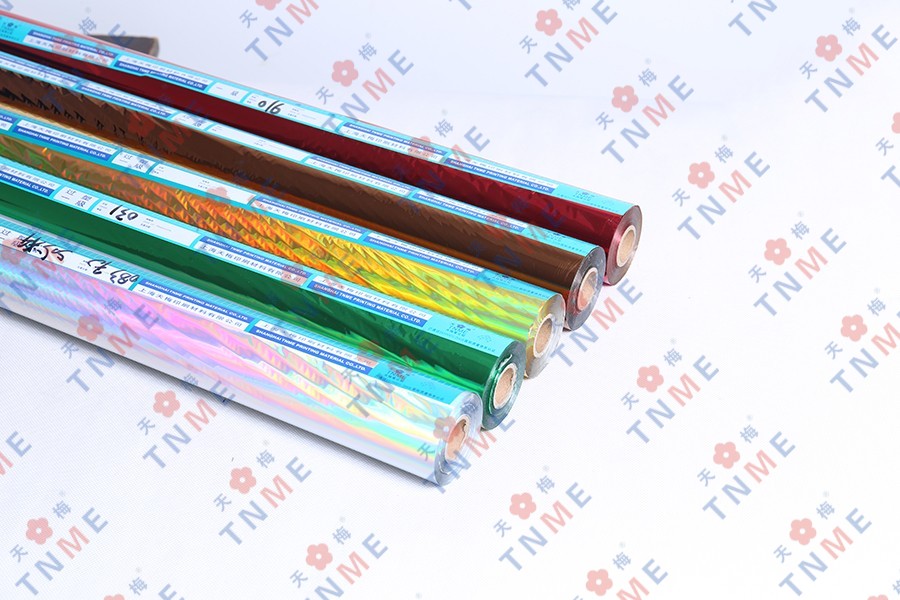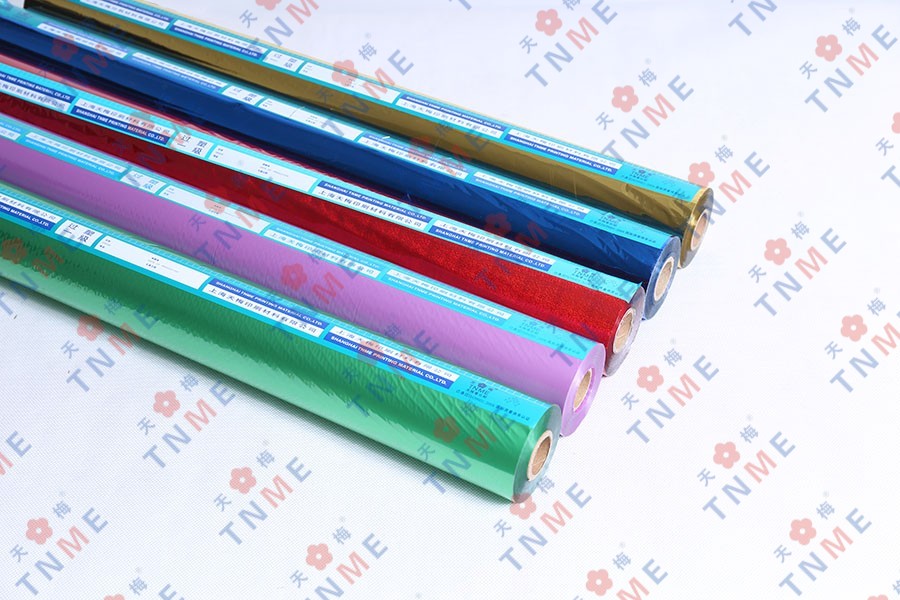Unveiling the Brilliance of Cold Foil: Enhancing Print Designs with Elegance and Shine
Author:admin Date:2023-06-20
In the realm of print and packaging, creative and eye-catching designs are essential to capture attention and leave a lasting impression. One technique that has gained popularity for its ability to add a touch of elegance and shine to printed materials is cold foil. Cold foil printing is a versatile and cost-effective method that can transform ordinary designs into extraordinary ones, elevating the visual appeal of various products.


Understanding Cold Foil Printing:
Cold foil printing, also known as cold foil stamping or cold foil application, is a method of applying a metallic foil to a substrate using adhesive and UV light. Unlike traditional hot foil stamping that uses heat to transfer the foil, cold foil printing utilizes a cold foil adhesive that is applied to specific areas of the design. The foil is then transferred and adhered to the adhesive-coated regions using a printing plate, resulting in a dazzling metallic effect.
The Process:
The process of cold foil printing involves several key steps:
Artwork Preparation: The design is created or modified to identify the areas where the cold foil will be applied.
Application of Adhesive: The cold foil adhesive is applied to the designated areas of the substrate using a printing plate or cylinder.
Foil Transfer: The foil is transferred onto the adhesive-coated regions, typically using a printing plate or cylinder. The foil adheres to the adhesive due to its tackiness.
UV Curing: UV light is applied to the substrate, curing the adhesive and creating a permanent bond between the foil and the printed surface.
Finishing: Once the foil is applied, the print project can undergo additional finishing processes such as die-cutting, embossing, or laminating to enhance its overall appearance and texture.
Benefits of Cold Foil:
Cold foil printing offers several advantages over other decorative printing techniques:
Cost-effectiveness: Cold foil printing is generally more economical than traditional hot foil stamping, making it accessible to a broader range of projects and budgets.
Versatility: Cold foil can be applied to a wide range of substrates, including paper, cardboard, plastic, and even textiles, allowing for diverse applications across industries.
Customization: Cold foil printing enables intricate and detailed designs, allowing for customization and personalization to meet specific branding or creative requirements.
Design Enhancements: The metallic shine provided by cold foil adds a touch of luxury and elegance to print materials, making them visually appealing and attention-grabbing.
Applications of Cold Foil:
Cold foil printing finds extensive use across various industries:
Packaging: Cold foil enhances the visual impact of product packaging, elevating its appeal on retail shelves. It is often used for labels, cartons, and flexible packaging.
Printing and Publishing: Cold foil can add a sophisticated touch to book covers, brochures, business cards, and invitations, making them stand out.
Advertising and Branding: Cold foil is employed in promotional materials, point-of-sale displays, and signage, enhancing brand recognition and leaving a lasting impression on consumers.
Security Printing: The holographic and reflective properties of cold foil make it an effective feature in security printing applications, such as banknotes, passports, and ID cards.
Conclusion:
Cold foil printing has emerged as a captivating and cost-effective method for adding a touch of elegance and brilliance to printed materials across various industries. Its versatility, customization options, and visual appeal make it a popular choice for packaging, printing, advertising, and security applications. As the demand for distinctive and eye-catching designs continues to rise, cold




 English
English 中文简体
中文简体
















